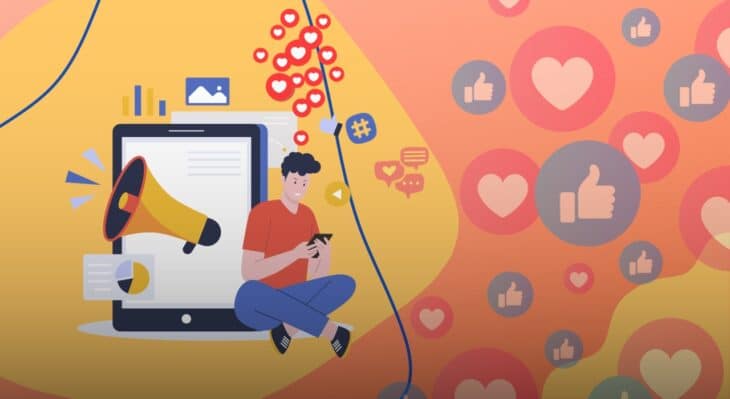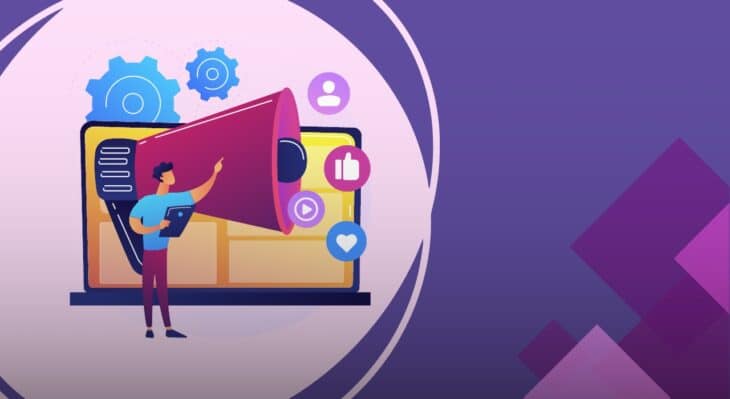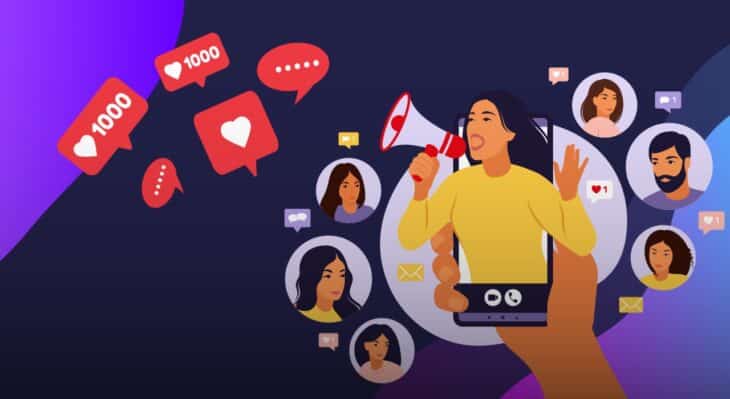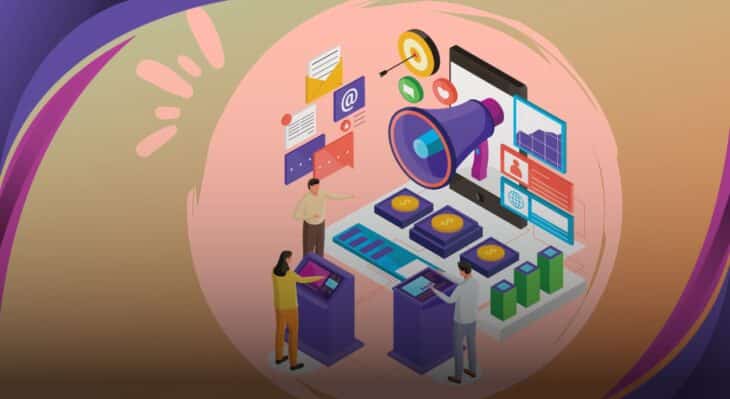Since the beginning of this decade, digital marketing has become quite large, especially in the country of Singapore. And, why wouldn’t it be?
After all, almost 70% of the buyers have become more internet-oriented nowadays. So, if you want to get back to these people, you have to be on the web prominently. And that can only be done with digital marketing.
So, in this article, we’ll talk about seven different types of digital marketing and how they are used for a business’ growth. However, here’s a note. If you really want to implement these marketing techniques, we’d ask you not to perform it by yourself. Instead, you should opt for someone who’s highly efficient, like – Digitrio.com.sg.
They are really the masters of this art and much likelier to help you out in your approach. Just make sure to drop a message on their website if you want to get their help. Anyway, now that we’ve got it out of the way, let’s begin with our discussion.
1. Search Engine Optimization (SEO)
Imagine you’re looking for a recipe online, and you type “delicious chocolate cake” into Google. The results that pop up at the top are likely there because of good SEO.
SEO is all about making sure your website shows up in search engine results when people look for things related to what you offer. It’s like a secret handshake with search engines!
Benefits:
- Increased Visibility: SEO helps your website rank higher in search engine results, making it easier for users to find your content when searching for relevant keywords.
- Organic Traffic Growth: By optimizing your site for search engines, you attract organic traffic, meaning users find your site without the need for paid advertising.
- Credibility and Trust: High search engine rankings are often associated with authority and trustworthiness, which can boost your brand’s credibility.
- Cost-Effectiveness: Compared to paid advertising, SEO provides long-term benefits and can be more cost-effective in the long run.
2. Content Marketing
Content is king in the digital world. This type of marketing involves creating and sharing valuable, relevant, and consistent content to attract a specific audience.
The Australian digital marketing team at Due North recommends thinking outside the square. Content can be in many forms, including blog posts, videos, infographics, and more. It’s not about directly selling a product, but rather about providing helpful information that builds trust.
Benefits:
- Engagement and Education: Content marketing allows you to engage your audience by providing valuable, informative, and relevant content. It positions your brand as an authority in your industry.
- Improves SEO: Quality content helps improve your website’s SEO, as search engines favor sites that regularly publish valuable content.
- Lead Generation: Well-crafted content can capture leads and nurture them through the sales funnel, ultimately converting them into customers.
- Shareability and Virality: Engaging content has the potential to go viral, spreading brand awareness far beyond your initial audience.
3. Industry-Specific Marketing for Trades Like Roofing
Standard marketing methods such as SEO, PPC, and content strategies are often too broad for skilled trade businesses. Roofers, in particular, face unique challenges that general agencies may overlook. Urgency-based services, local targeting, and insurance-driven leads require a marketing partner that speaks the same language as the business itself.
Agencies focused on specific trades are more likely to understand the sales cycles, customer behavior, and service delivery expectations that define businesses like roofing.
Hook Agency has compiled a list of the best roofing marketing agencies for 2025, each selected based on performance, client feedback, and trade-specific expertise.
Benefits:
- Higher lead quality due to targeting methods tailored for urgent or high-intent search behavior
- Improved conversion rates from landing pages built with real customer pain points in mind
- Faster campaign setup since no time is wasted teaching the agency about the industry
- Lower ad spend waste by using platforms and keywords that already show success in your trade
- More accurate reporting thanks to tracking systems aligned with your typical sales funnel
- Better long-term ROI by building systems that generate repeatable, scalable results
4. Social Media Marketing

You’re probably familiar with platforms like Facebook, Instagram, Twitter, and LinkedIn. Social media marketing is all about using these platforms to connect with your audience, build your brand, and drive traffic to your website.
It’s like throwing a great party and inviting all your friends – and potential customers!
Benefits:
- Brand Visibility: Social media platforms have vast user bases, providing a great opportunity to increase brand visibility and reach a wider audience.
- Engagement and Interaction: Social media allows for direct interaction with your audience, fostering a sense of community and strengthening customer relationships.
- Targeted Advertising: Platforms like Facebook and Instagram offer advanced targeting options, ensuring your content reaches the right audience.
- Real-Time Feedback: Social media provides immediate feedback from customers, allowing you to adjust strategies and respond to customer needs promptly.
5. Email Marketing

Ever received a newsletter from a company you like? That’s email marketing! It’s a way to directly communicate with your audience through their inbox.
It could be updates, promotions, or even just sharing interesting content. The key is to make it personal and relevant to the recipient.
Benefits:
- Direct Communication: Email marketing allows you to communicate directly with your audience, delivering personalized messages and promotions.
- Cost-Effective: It’s a cost-effective way to reach a large number of people, especially when compared to traditional advertising methods.
- Segmentation and Personalization: You can segment your audience based on various criteria and send tailored messages, increasing the chances of conversion.
- High ROI: Email marketing consistently ranks as one of the highest ROI marketing channels, providing a strong return on investment.
6. Pay-Per-Click (PPC)
Ever noticed those sponsored ads at the top of your search results? That’s PPC in action. Most of the advertisers usually pay a small bit of fee each time their advert is clicked.
It’s a way to buy visits to your website, rather than earning them organically. It’s like putting up a billboard on a busy street – you pay for the exposure.
Benefits:
- Immediate Results: Unlike SEO, which takes time to show results, PPC campaigns can bring immediate traffic to your website.
- Precise Targeting: PPC platforms allow you to target specific demographics, locations, and interests, ensuring your ads reach the right audience.
- Measurable Results: You can track the performance of your ads in real-time, allowing for quick adjustments to optimize campaigns.
- Controlled Budget: You have full control over your budget, enabling you to set daily or monthly limits to manage costs effectively.
7. Affiliate Marketing

Imagine you recommend a cool book to a friend, and they buy it using a special link you provided. You then get a small commission for the recommendation – that’s affiliate marketing. It’s about partnering with others (affiliates) to promote your products or services in exchange for a cut of the sales they generate.
Benefits:
- Low Risk, High Reward: You only pay affiliates when they generate a sale or lead, reducing the risk compared to traditional advertising.
- Broad Reach: Affiliates often have their own established audience, expanding your brand’s reach to new potential customers.
- Diverse Marketing Channels: Affiliates can promote your products or services through various channels, including blogs, social media, and email marketing.
- Performance-Based Metrics: You can easily track the performance of your affiliate marketing efforts, allowing you to assess the ROI of each affiliate partnership.
8. Influencer Marketing

Have you ever seen a celebrity or popular figure promoting a product on Instagram? That’s influencer marketing. It involves partnering with individuals who have a large and engaged following to promote your brand or products.
It’s like having a trusted friend vouch for your product.
Benefits:
- Trust and Authenticity: Influencers have built trust with their audience, and their recommendations are often perceived as authentic, making them powerful advocates for your brand.
- Targeted Audience: You can collaborate with influencers whose followers align with your target demographic, ensuring your message reaches a relevant audience.
- Creative Content: Influencers bring their own unique style and creativity to your brand, providing fresh and engaging content.
- Brand Awareness and Recognition: Influencers can introduce your brand to a new audience, increasing awareness and potentially driving more sales.
The Bottom Line
So, there you have it – the seven key types of digital marketing. Each one brings something unique to the table, and often, a combination of these strategies works wonders.
Remember, the key is to perceive your audience and choose the strategies that best align with your brand and goals.


